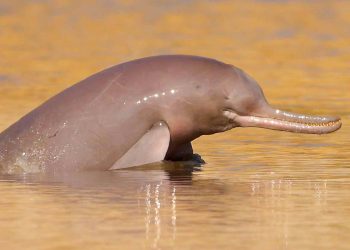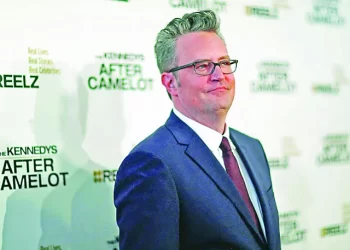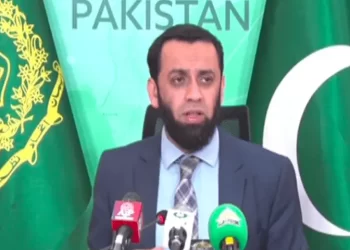The deaths of the president and other officials in a helicopter crash are not likely to lead to major policy changes.
The deaths of Iran’s President Ebrahim Raisi and Foreign Minister Hossein Amirabdollahian in a helicopter crash on Sunday have now been confirmed by Iranian authorities.
After a desperate overnight search for the aircraft in the rugged terrain it had fallen in, rescuers finally found the accident site and retrieved the bodies of the eight people who had been on board.
media takes a closer look at what the plans are for their funerals, and what comes next for Iran.
The bodies of Raisi, 63, Amirabdollahian, 60, and the other officials and staff were brought to Tabriz, the capital city of Iran’s East Azerbaijan province, and a public procession was held.
Another ceremony will be held on Tuesday morning, when the funeral rites will begin, as the bodies are transferred to Tehran.
In the capital, another procession and other ceremonies will be held, the details of which have yet to be finalised.
Organisers in Mashhad said they are planning a “glorious” burial for Raisi, who was born in the holy Shia city in northeastern Iran and was a custodian of its powerful bonyad, or charitable trust, which operates the shrine.
Supreme Leader Ayatollah Ali Khamenei has announced five days of public mourning.
Mohammad Mokhber and Ali Bagheri Kani are now interim president and foreign minister, respectively, and may be replaced once a new president is elected.
But both are highly likely to remain at the top levels of government, if not in their new positions, after having been mainstays of the Raisi administration, which was often praised by – and is closely aligned with – Khamenei.
Iran will now have to hold elections and choose a new president within 50 days, according to the country’s constitution, about a year sooner than planned.
State media has reported that the election will take place on June 28, with candidates to be registered between May 30 and June 3.
Raisi won the presidency by a distance in 2021, amid wide disqualification of reformist and moderate candidates and a record-low turnout.
When will the funerals be?
Considering the fact that all Iranian presidents who have served under Khamenei had been in office for two terms, Raisi was widely expected to win re-election next year.
“The judiciary, the legislative branch, as well as the executive branch are being controlled by the more right-leaning, conservatives in Iran currently,” Reza H Akbari, Middle East and North Africa programme manager at the Institute for War and Peace Reporting, told media.
Khamenei has been supreme leader since 1989, but as he is age 85 and has suffered from health issues in recent years, the question of who will replace him as head of state has become more prominent in Iran. Raisi’s name had been floated as a candidate, alongside Khamenei’s own 55-year-old son, Mojtaba. Yet, some analysts say Raisi was never likely to ascend to the highest position in Iran.
“Raisi was a weak president, but he was a loyalist and the most loyal option…. the Supreme Leader could find,” said Hamidreza Azizi, a visiting fellow at the German Institute for International and Security Affairs (SWP) in Berlin.
At the same time, his conservative background “gave him a level of support from government supporters and within the elites”, Azizi said.
Raisi had not commented on possibly succeeding Khamenei. But the president, who was rarely criticised by conservative politicians, was certain to play a role in shaping the future of Iran.
Mojtaba Khamenei, on the other hand, is a cleric with close ties to the elite Islamic Revolutionary Guard Corps (IRGC) who rarely appears or speaks publicly.
“The political infighting that ensues after the death of the supreme leader will more than likely be too chaotic for us to predict,” Akbari said.
Raisi and Amirabdollahian had spent almost three years establishing themselves as the faces of Iran on the global stage, but their passing will likely not signal a major shift for Iran’s foreign policy.
The Iranian political establishment has a roughly unified view of Iran’s international policies.
Interim President Mohammad Mokhber has been mostly focused on local affairs, from navigating politics to managing efforts to stabilise the perennially sanctioned Iranian economy.
But he has also accompanied the president, or led delegations himself, on foreign trips from China and Russia to a tour of Africa.








